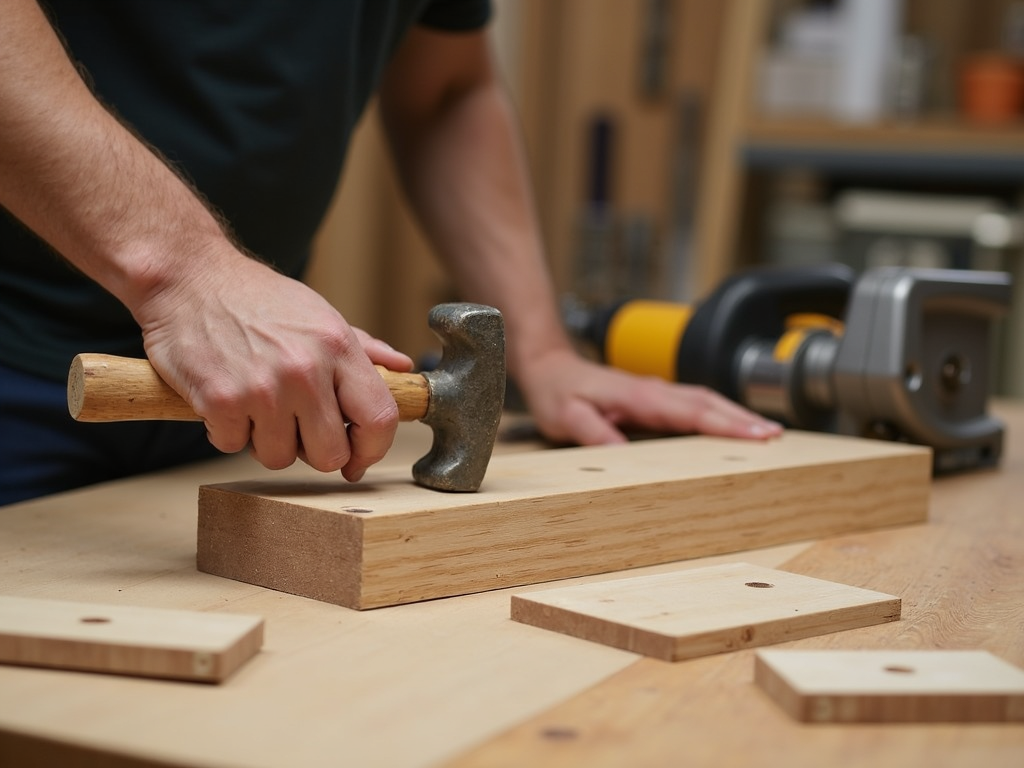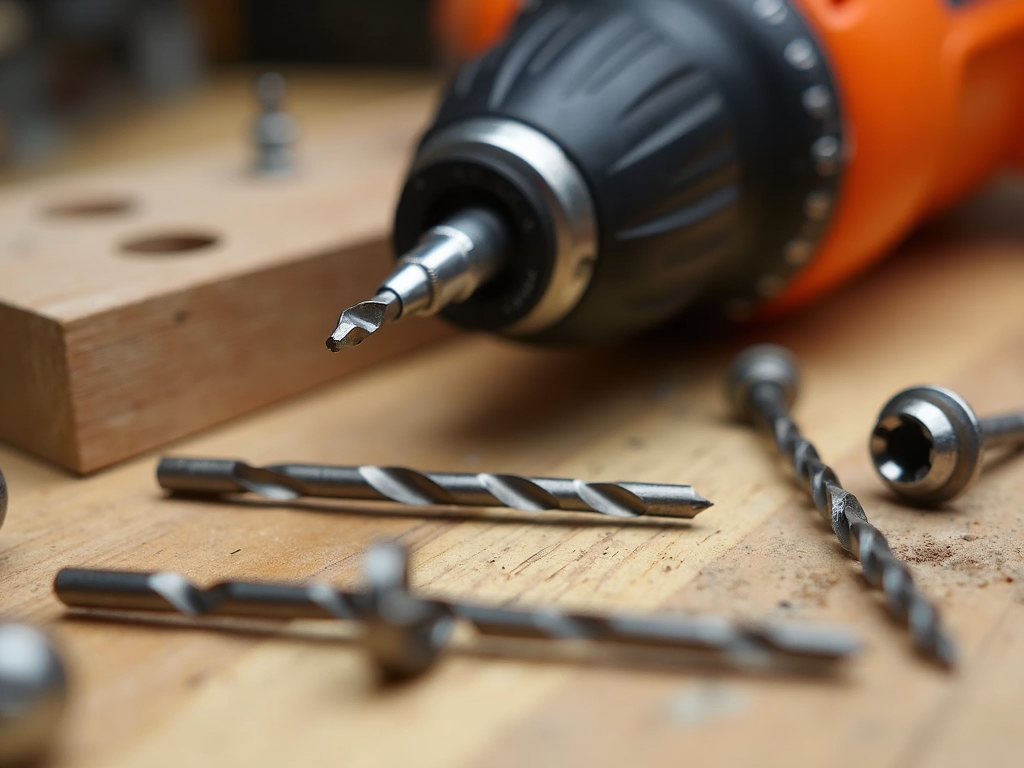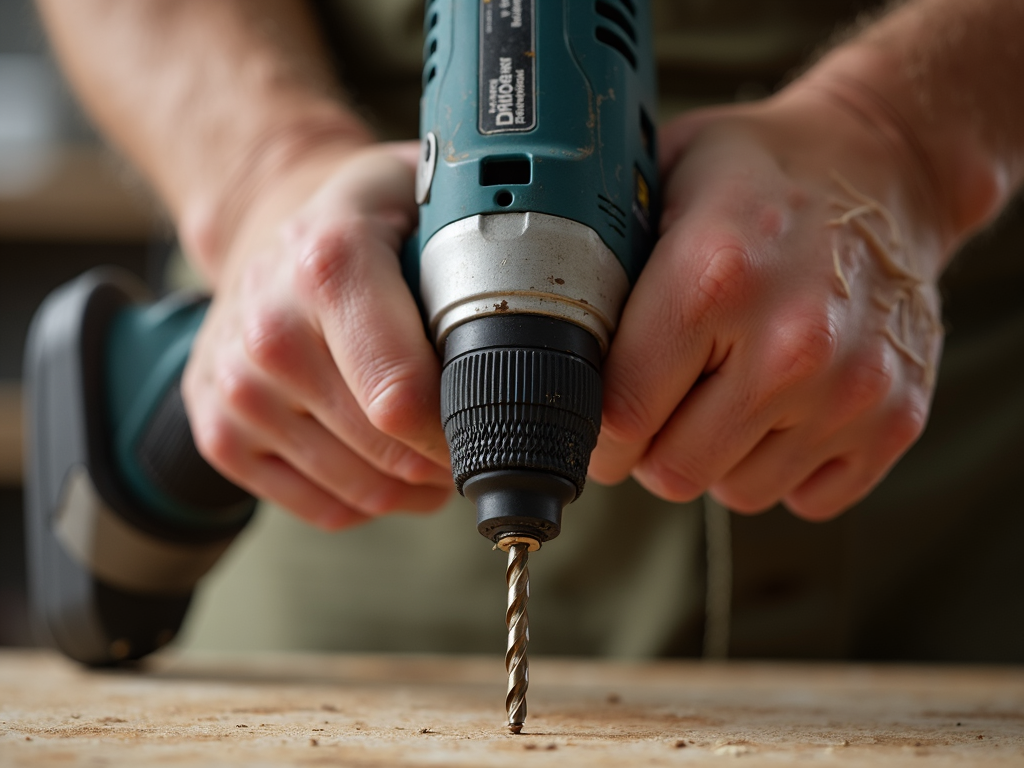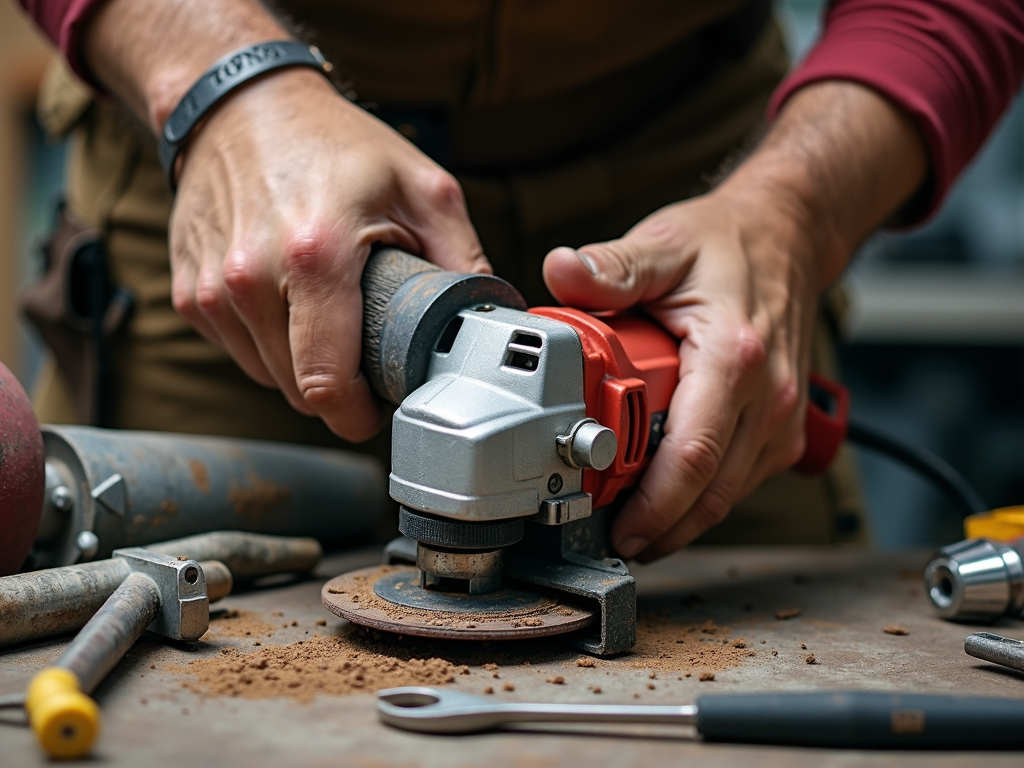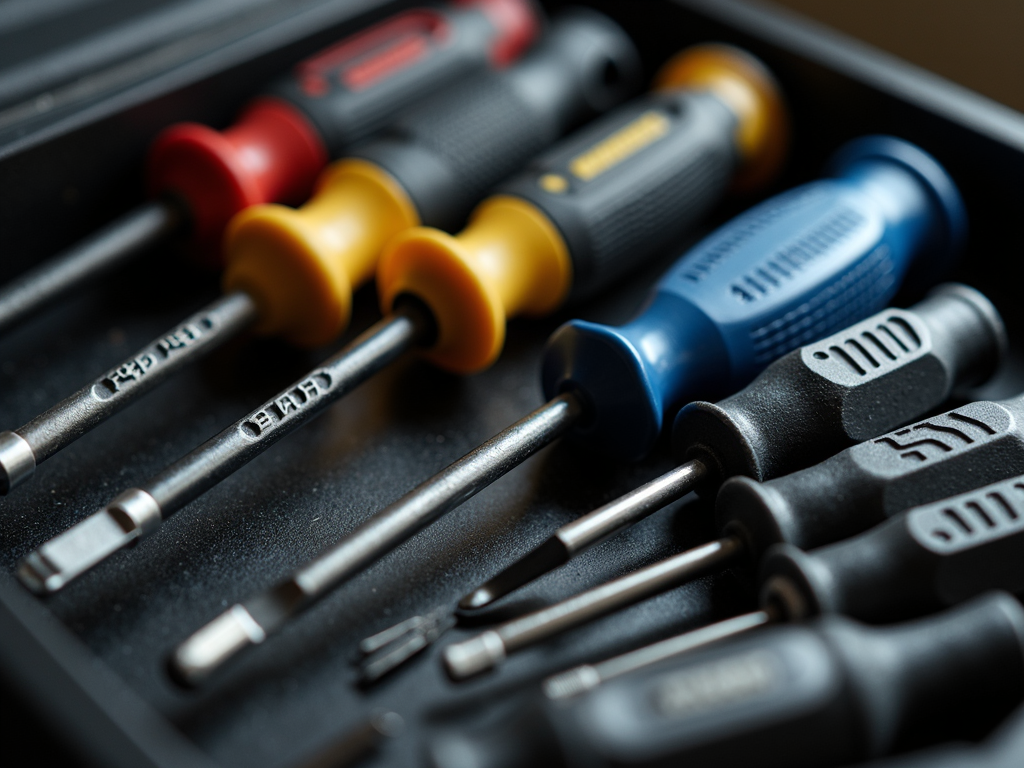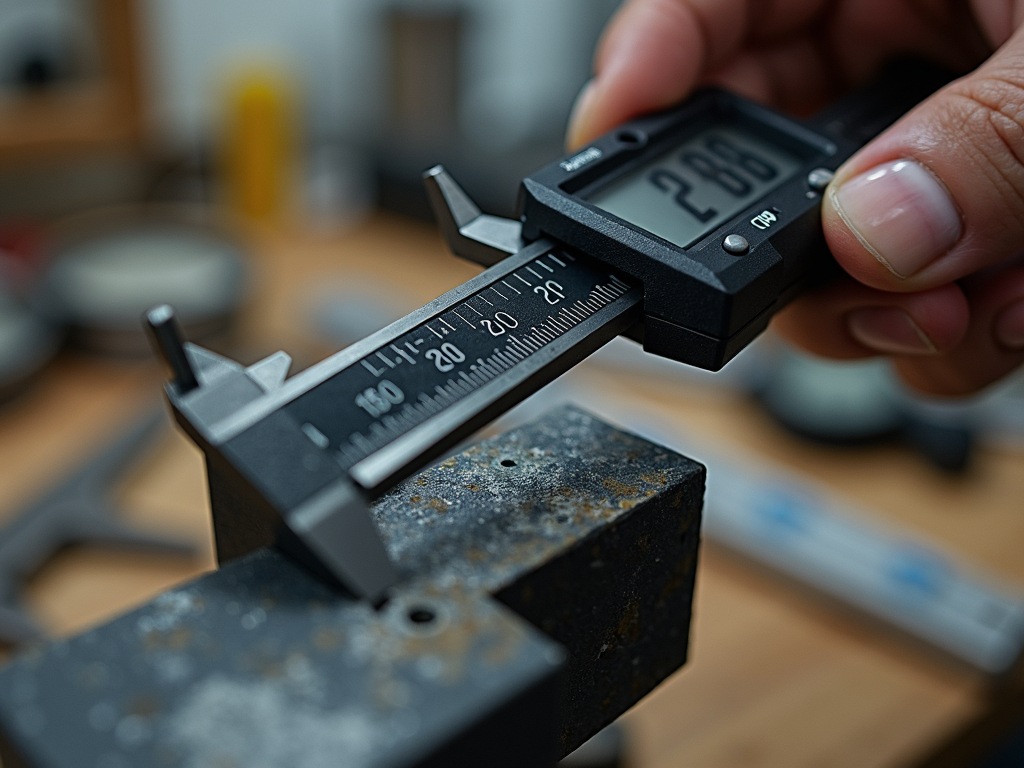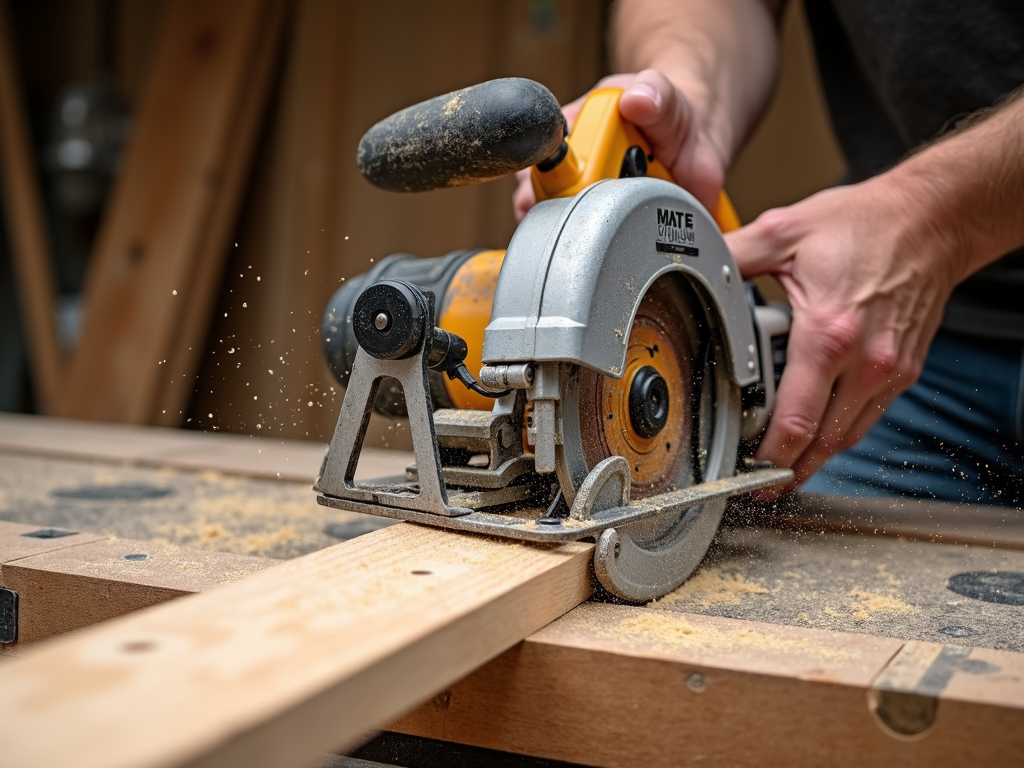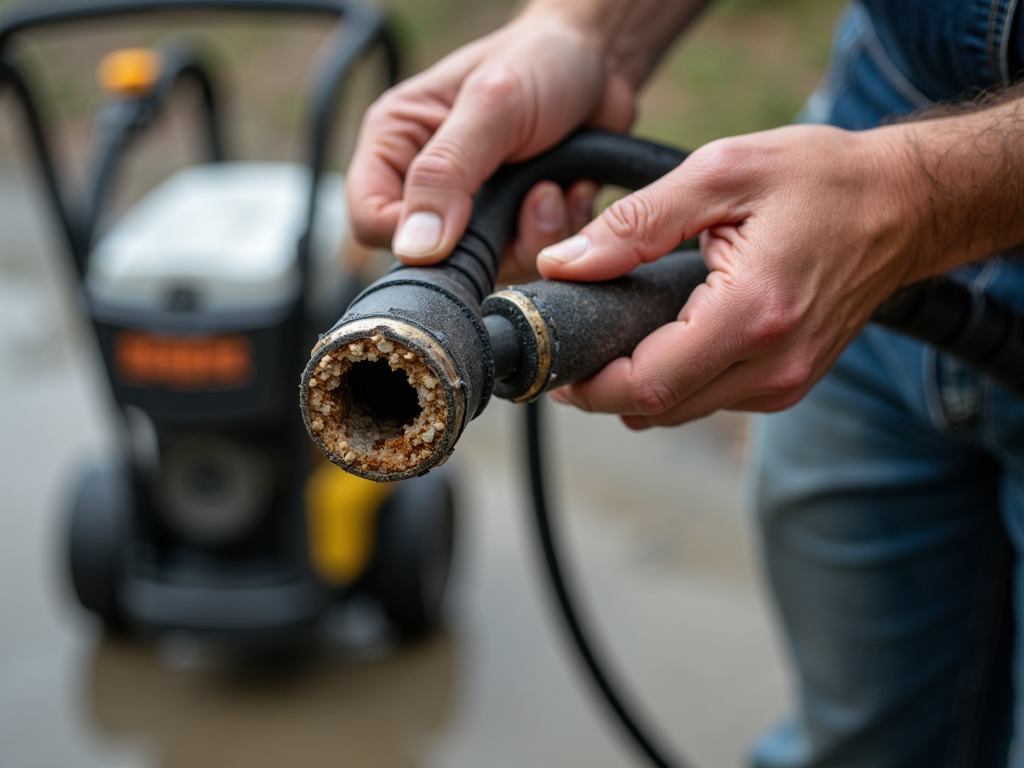Overview
Proper care of automotive tools is vital for mechanics and DIY fans alike. It extends tool life and boosts performance, making tasks easier. This guide shares top maintenance tips for extending tool lifespan, blending personal experience with expert advice from https://example.com/automotive-tool-care.
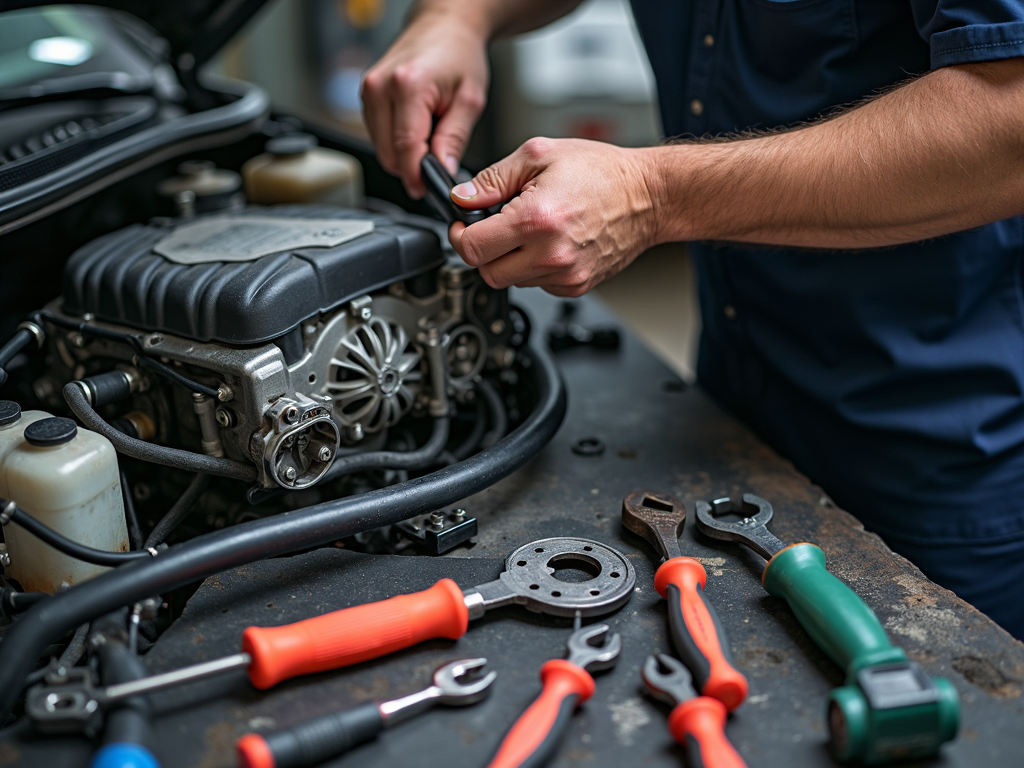
Cleaning Your Tools
Keeping tools clean is a key step in maintenance. Dirt and grease can harm performance and cause rust. I’ve learned this the hard way and now follow a simple routine.
-
Wipe tools with a dry cloth after every use to remove debris.
-
Use a mild solvent for stubborn grime, avoiding damage to plastic parts.
-
Skip water on metal tools unless needed, and dry them well to prevent rust.
Once, I left a wrench set uncleaned, and rust set in. According to the National Institute of Standards and Technology, proper cleaning reduces corrosion risks—a lesson I won’t forget.
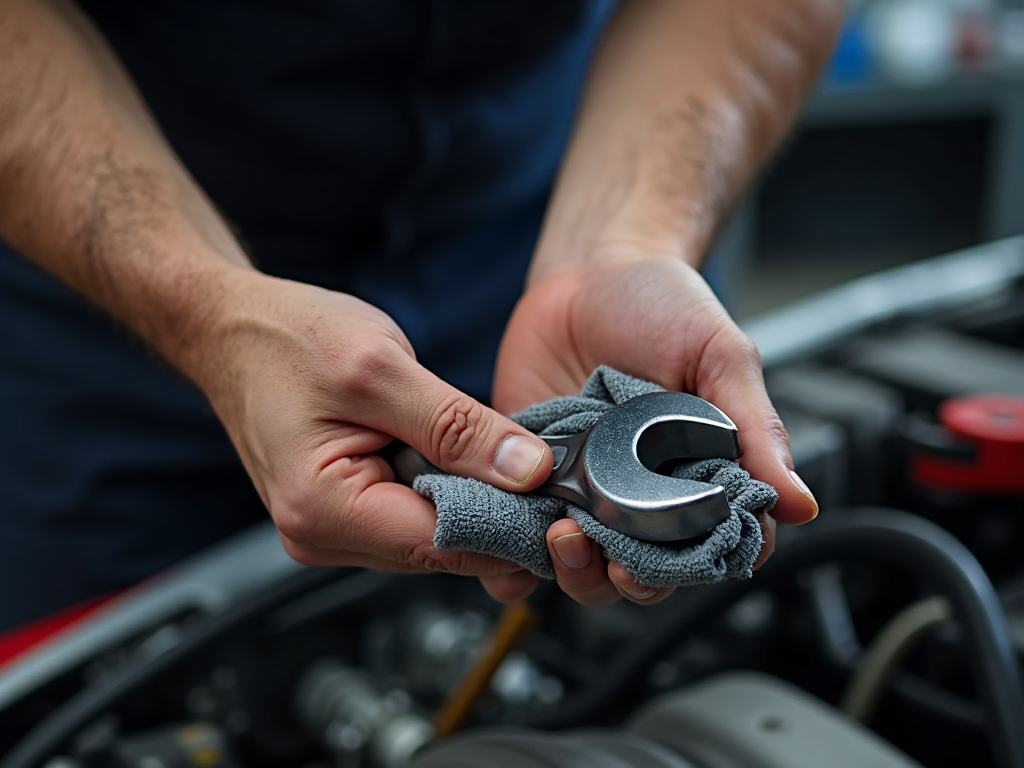
Proper Storage Solutions
Storage affects tool longevity. Poor storage can lead to damage or rust. Here’s what works for me:
-
A toolbox with drawers keeps tools organized and dust-free.
-
Foam inserts stop tools from knocking into each other.
-
A dry, cool spot prevents moisture damage.
The Occupational Safety and Health Administration suggests dry storage to avoid environmental wear. My toolbox upgrade was a game-changer.
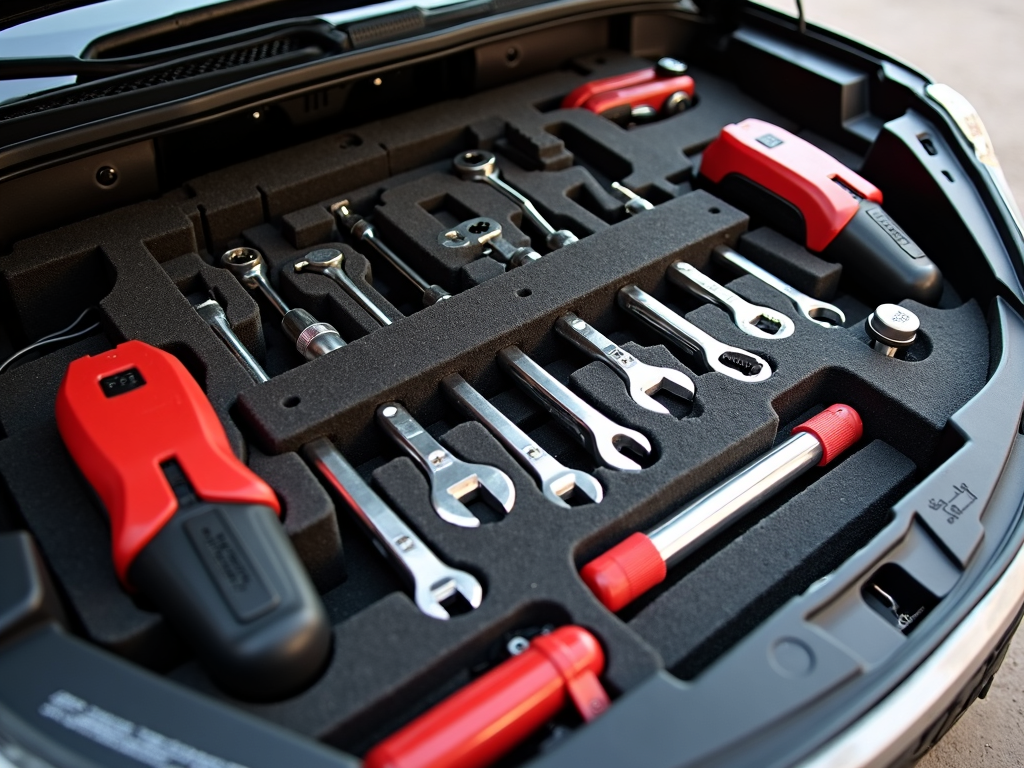
Lubricating Moving Parts
Tools with moving parts, like ratchets, need lubrication. It keeps them smooth and functional. My method is straightforward:
-
Apply light machine oil to pivot points.
-
Don’t overdo it—excess oil attracts dirt.
-
Wipe off extra oil after applying.
A stiff ratchet taught me this trick. A quick oiling fixed it fast.

Regular Inspections and Maintenance
Checking tools regularly catches problems early. It’s saved me from bigger issues. Here’s my routine:
-
Look for wear or damage before each use.
-
Fix small problems right away, like tightening loose parts.
-
Do a deep check every few months.
Spotting a cracked wrench handle once prevented a mishap. It’s worth the effort.
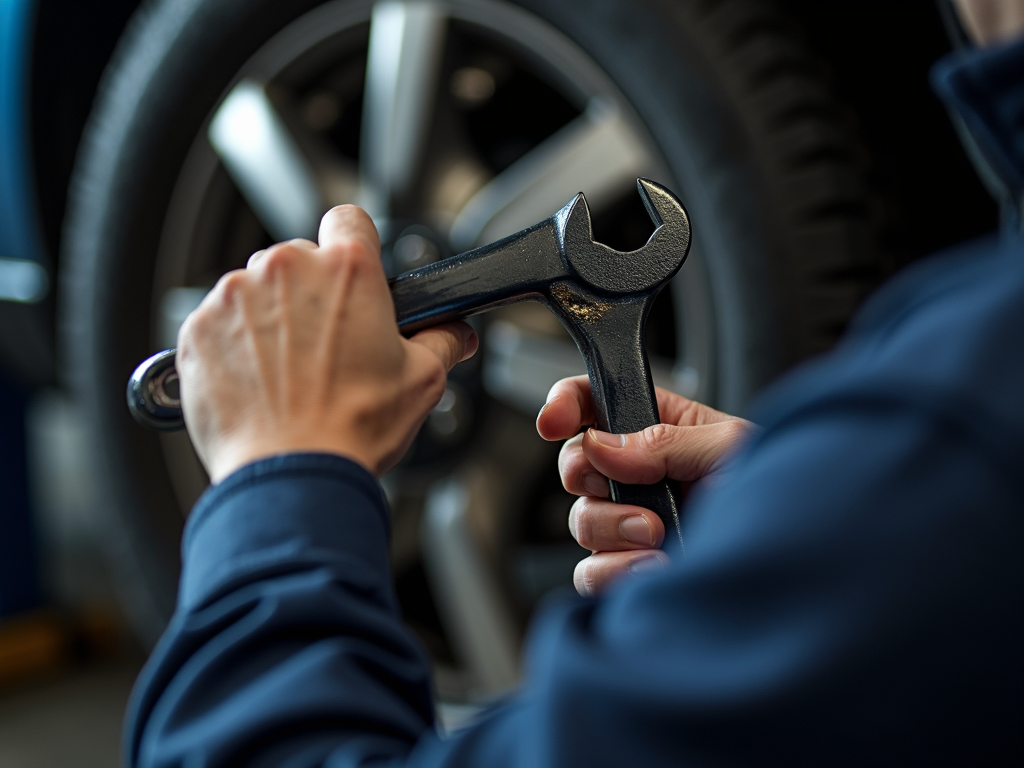
Sharpening Tools
Tools like chisels need sharp edges to work well. Sharpening isn’t hard once you get the hang of it. I do this:
-
Use a sharpening stone, keeping the original angle.
-
Test on scrap material to check sharpness.
A dull chisel slowed me down until I sharpened it. The difference was huge.
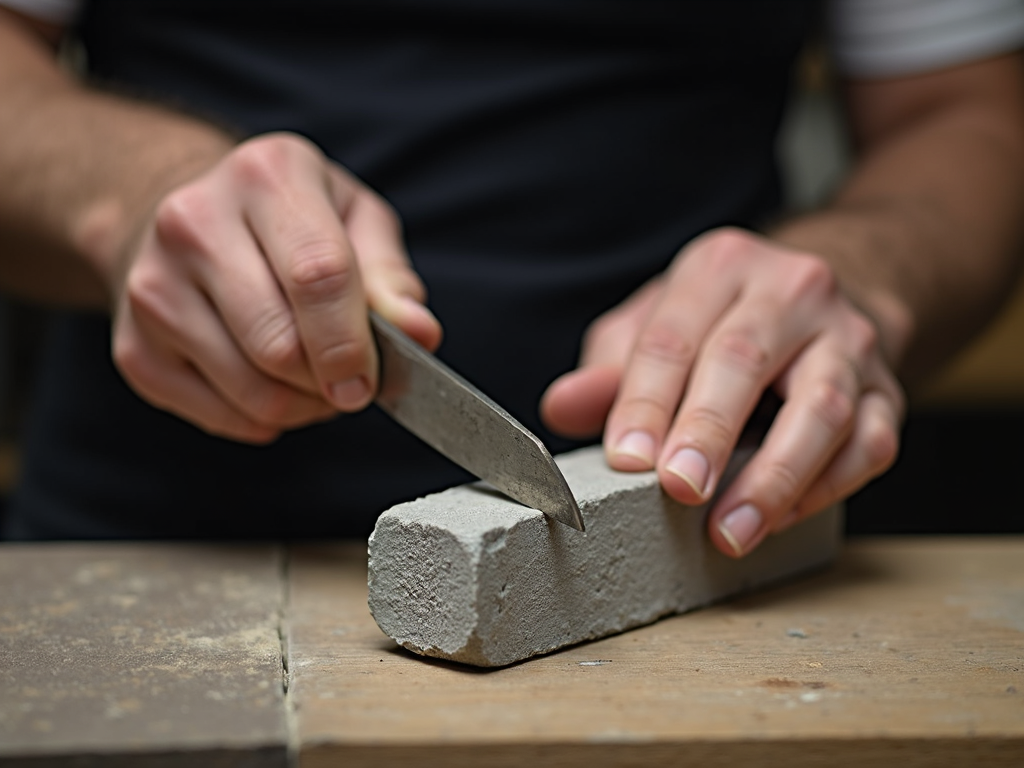
Caring for Battery-Powered Tools
Battery-powered workman tools for automotive repair need extra attention. Proper care extends their life. My tips:
-
Remove batteries when not in use.
-
Store batteries in a cool, dry spot.
-
Clean contacts for a solid connection.
My cordless drill’s battery lasts longer thanks to these steps.
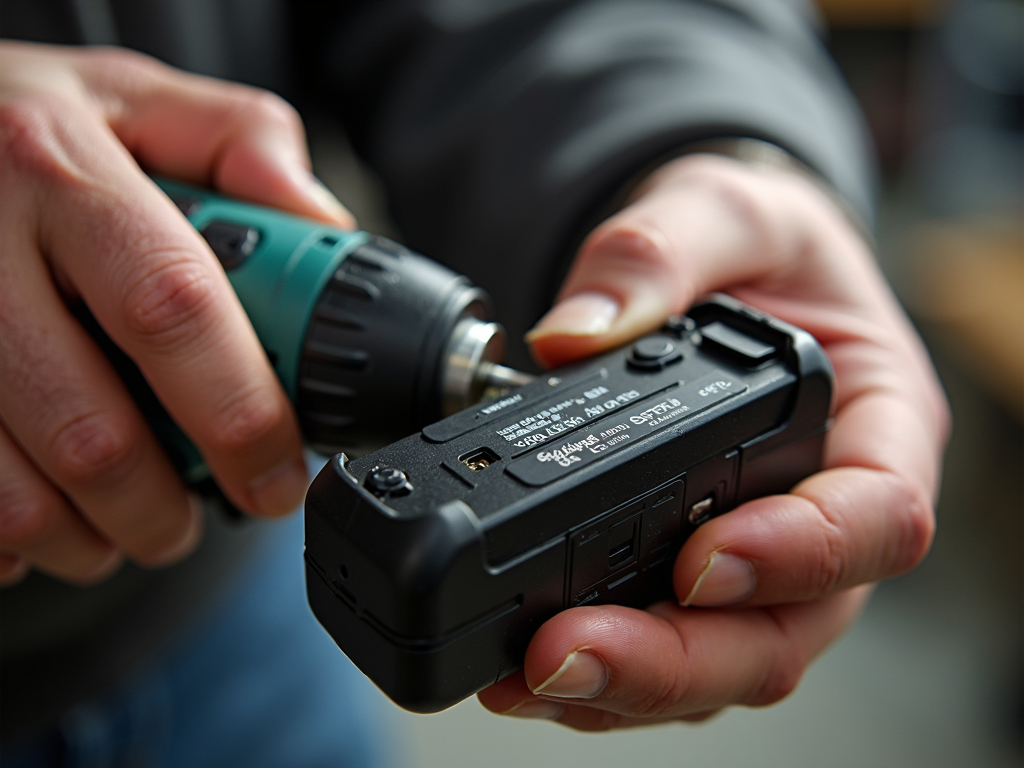
Using the Right Tool
Using the correct tool prevents damage and boosts safety. It’s a simple rule with big benefits. Here’s why:
-
It reduces wear on tools.
-
Tasks get done faster and better.
I bent a screwdriver misusing it once. Now, I stick to the right tool.
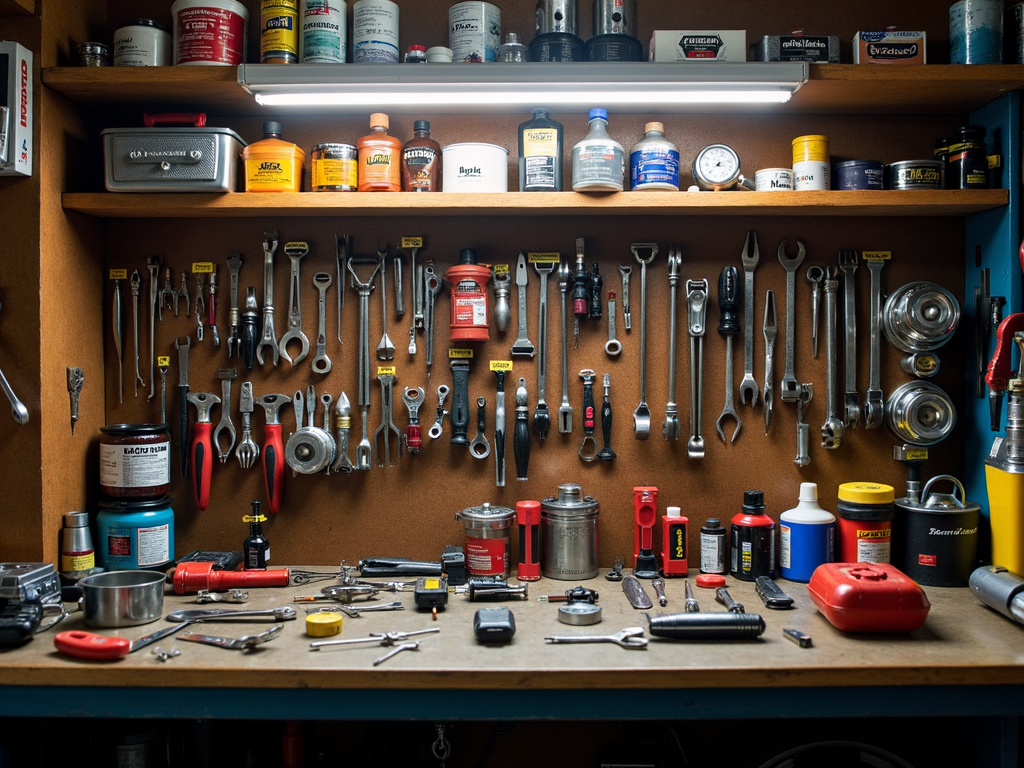
Calibrating Tools
Tools like torque wrenches need calibration for accuracy. Precision matters in automotive work. My approach:
-
Follow manufacturer’s calibration schedule.
-
Use a pro service annually.
Accurate torque is critical, and calibration ensures it.
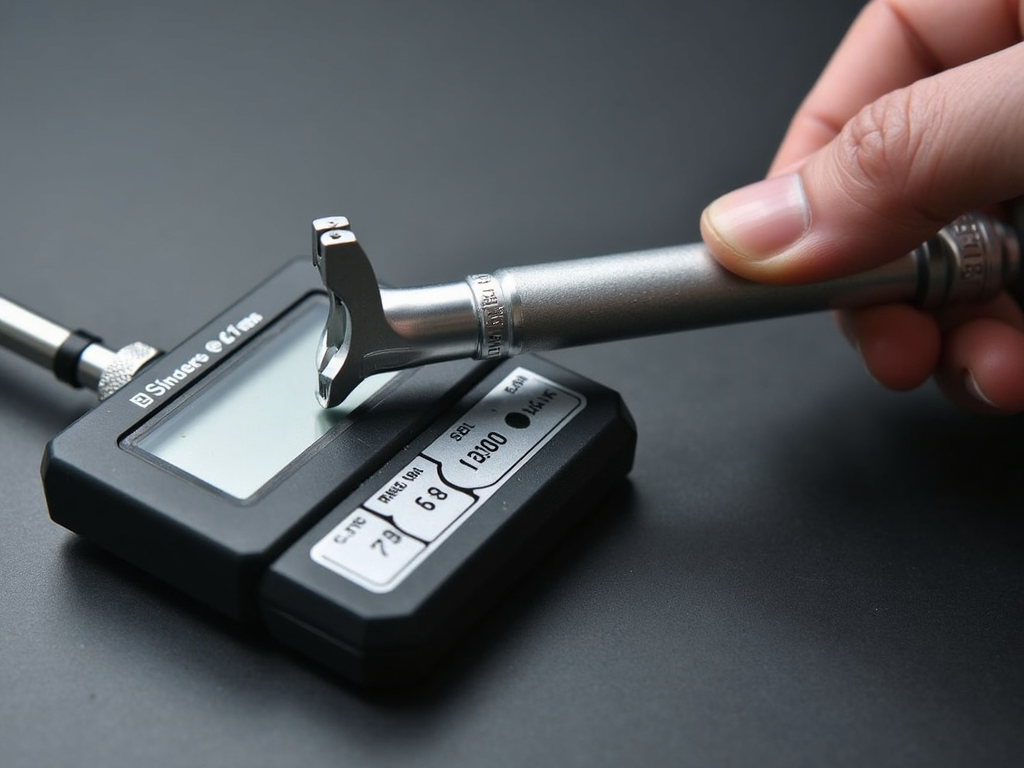
Tool Safety
Safety is non-negotiable. Well-maintained tools are safer tools. My safety habits:
-
Check for damage before use.
-
Replace worn tools promptly.
-
Wear safety gear like gloves and glasses.
A safe workshop is a productive one.

Organizing Your Tools
Organized tools save time and prevent damage. It’s a small effort with big rewards. I recommend:
-
Group similar tools together.
-
Use labels or colors for quick finds.
My color-coded toolbox cut my search time in half.
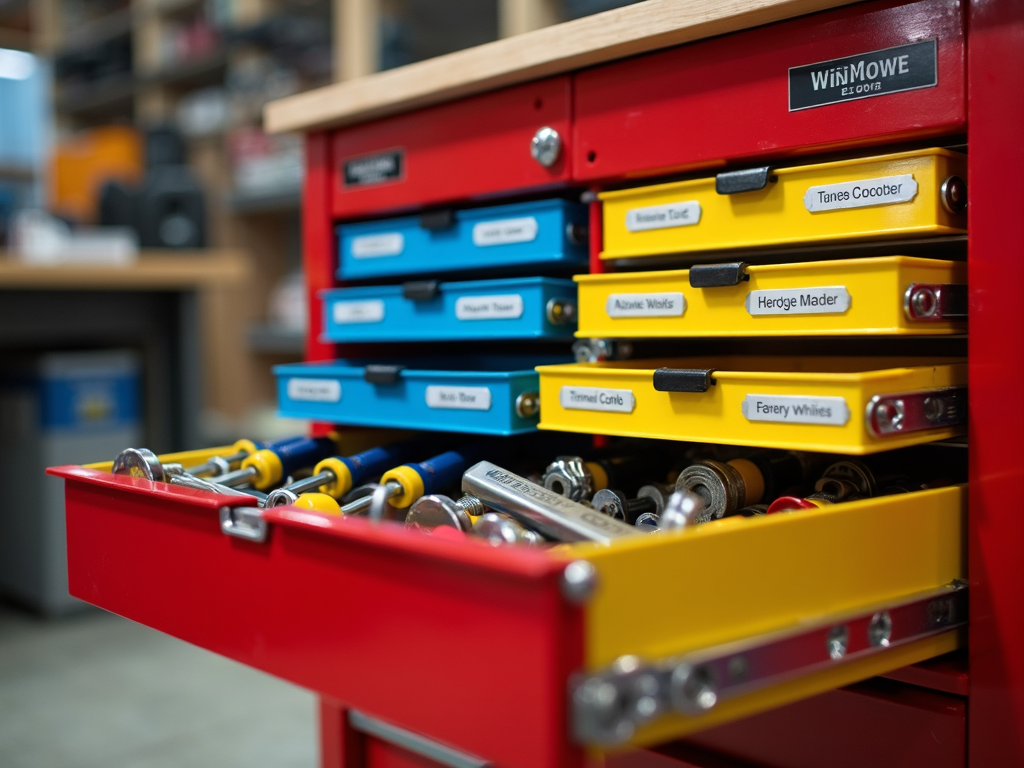
Maintenance Schedules
A schedule keeps tool care consistent. It’s easy to follow. Here’s mine:
-
Daily: Wipe tools clean.
-
Weekly: Check for wear.
-
Monthly: Lubricate and sharpen.
It’s now second nature.

Common Automotive Tools and Maintenance
| Tool | Cleaning | Lubrication | Sharpening | Calibration | Storage |
|------|----------|-------------|------------|-------------|---------|
| Wrench | Wipe after use | N/A | N/A | N/A | Dry place |
| Ratchet | Wipe after use | Lubricate pivot | N/A | N/A | Dry place |
| Chisel | Wipe after use | N/A | Sharpen as needed | N/A | Dry place |
| Torque Wrench | Wipe after use | N/A | N/A | Calibrate yearly | Dry place |
This table guides care for common tools, including woodworking tools and workman tools.
Summary
Caring for your tools at https://example.com/automotive-tool-care means longer life and better results. Clean, store, lubricate, inspect, sharpen, and calibrate regularly. These tips keep your workman tools for automotive repair in top shape.
Related https://example.com/automotive-tool-care:
- Top 10 DIY Projects Using Basic Tools
- Choosing Your First Power Tool
- Power Tools for Woodworking Enthusiasts
- Advanced Techniques for Power Tool Safety: A Comprehensive Guide
- Essential Worker Safety Tips for Construction Sites
- Workman Tools: A Guide to Choosing the Right Equipment
- Essential Screwdriver Maintenance Tips to Keep Your Tools in Shape
- Calibrating Your Measuring Tools: The Ultimate Guide to Workshop Equipment Maintenance
- DIY Garage Organization Ideas for Small Spaces
- Essential Woodworking Tools for DIY Enthusiasts
- Essential Power Washer Maintenance Tips for Longevity
- The Evolution of Plumbing Tools and Techniques
